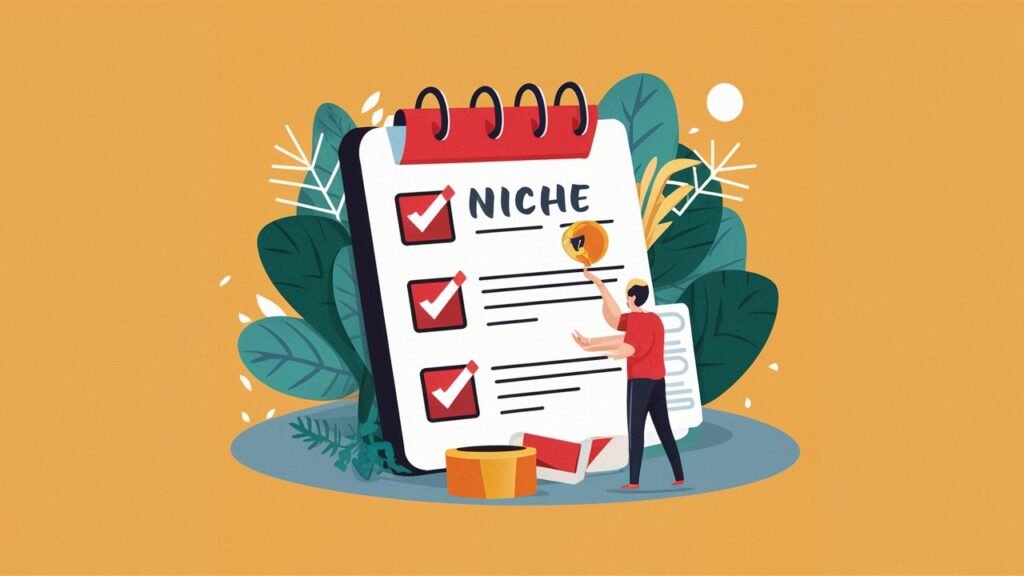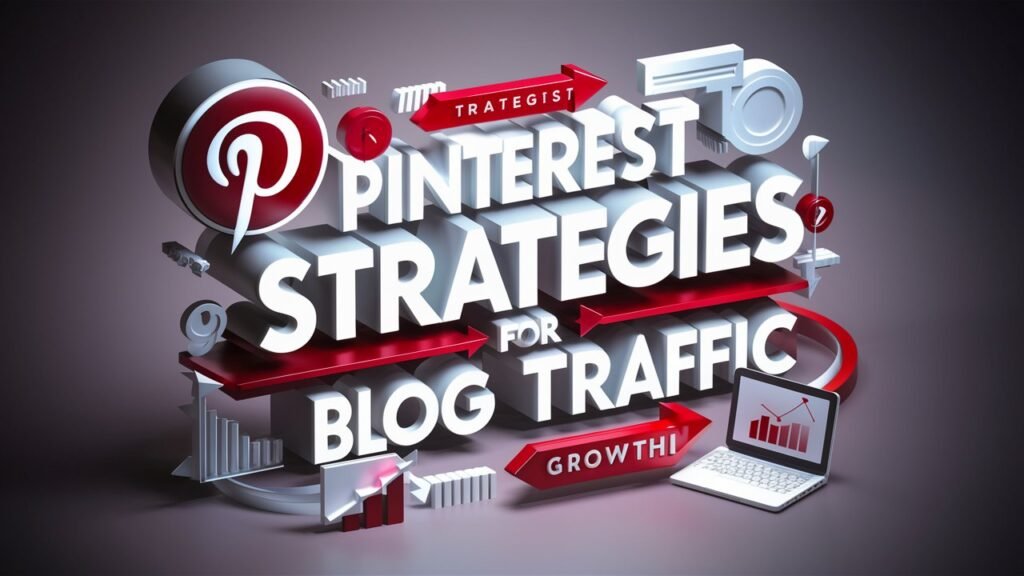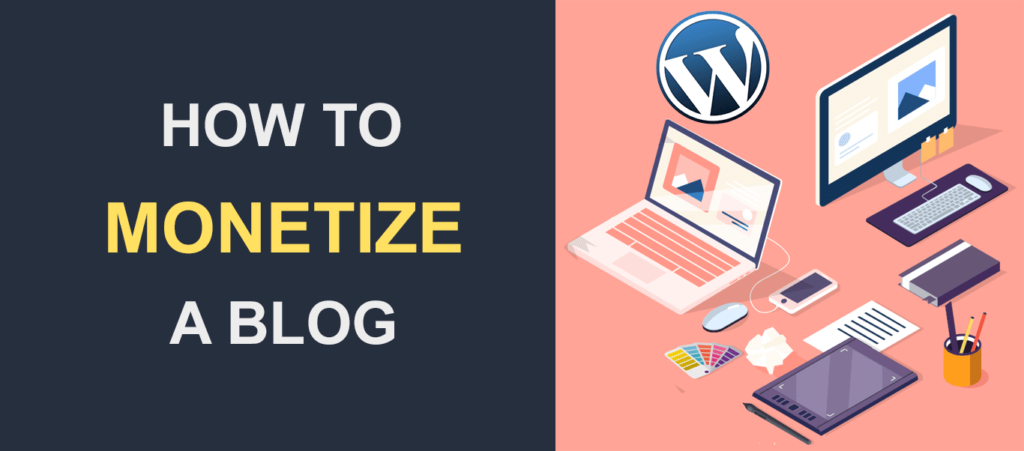Blogging Tips for Building a Personal Brand:8 Tips Stand Out & Succeed
Table of Contents
Introduction
Blogging has transformed from a simple hobby into a powerful tool for personal branding. Whether you’re an entrepreneur, a freelancer, or a thought leader, blogging can establish your authority, connect you with a global audience, and ultimately, build a personal brand that stands out in your niche. In this comprehensive guide, we’ll explore actionable blogging tips to help you build and enhance your personal brand, driving sustained growth and influence over time.
Related Post: What is Blogging?

1. Steps to Start a Blog for Building Your Personal Brand
The first step in building a personal brand through blogging is to establish a blog that truly represents you and your expertise. Here’s how to start:

a) Choose Your Niche
Your niche is the specific area of expertise or interest that your blog will focus on. It’s crucial to select a niche that aligns with both your passions and professional goals. For example, if you’re a fitness expert, your blog could focus on fitness tips, nutrition, and wellness. The key is to ensure that your niche is both narrow enough to appeal to a targeted audience and broad enough to offer diverse content ideas.
b) Select a Domain Name
Your domain name is your digital identity. It should be memorable, easy to spell, and reflect your brand. If possible, use your name as your domain to reinforce your personal brand. For example, “hasnat.com” instantly connects your name to your content. Tools like Namecheap or GoDaddy can help you find and register a suitable domain name.
c) Set Up Your Blog
Once your domain is registered, it’s time to set up your blog. Choose a hosting service that offers reliability and speed, such as Bluehost or SiteGround. Then, install a blogging platform like WordPress, which is user-friendly and offers a wide range of themes and plugins to customize your blog to fit your brand.
Related Post: How Many Steps to Start a Blog
2. Blogging Tips for Building a Personal Brand
With your blog set up, the next step is to employ effective strategies that will help build your personal brand through blogging.

a) Define and Maintain Your Unique Voice
Your voice is your brand’s personality on paper (or screen). It’s the way you communicate with your audience, and it should be unique, consistent, and authentic. Whether you adopt a professional tone, a conversational style, or a mix of both, consistency is key. Readers should be able to recognize your posts by the tone and style you use.
For instance, Neil Patel is known for his detailed, data-driven approach, while Gary Vaynerchuk’s content is direct and infused with energy. Decide on a voice that reflects your personality and stick with it.
b) Focus on Creating High-Quality Content
Content is the backbone of your blog. To build a strong personal brand, each post must provide value to your audience. Whether it’s through in-depth tutorials, insightful opinion pieces, or actionable advice, your content should address the needs and interests of your target audience. For example, if your audience consists of aspiring entrepreneurs, write about topics like startup challenges, business strategies, or leadership tips.
High-quality content also means being original. While it’s fine to draw inspiration from others, ensure that your posts offer fresh perspectives or new information. Original content not only attracts readers but also helps improve your search engine rankings.
c) Maintain Consistency in Posting
Consistency is crucial for building trust with your audience. A sporadic posting schedule can make you seem unreliable, while regular updates keep your readers engaged and coming back for more. Create a content calendar to plan and schedule your posts ahead of time. Aim to post at least once a week, but find a frequency that you can maintain long-term.
Related Post: On-Page SEO
3. On-Page SEO: Enhancing Visibility and Engagement
Search Engine Optimization (SEO) is vital for increasing your blog’s visibility. On-page SEO refers to the practices you can apply within your blog posts to improve their search engine rankings. Here are some essential on-page SEO tips:

a) Optimize Your Headlines
Your headline is the first thing readers and search engines see. Craft headlines that are both catchy and keyword-rich. Tools like CoSchedule’s Headline Analyzer can help you create effective headlines that attract clicks.
b) Use Keywords Strategically
Incorporate your target keywords naturally throughout your post. This includes the title, headings, meta descriptions, and within the content itself. Avoid keyword stuffing, which can harm your SEO; instead, focus on creating content that reads well while still being optimized.
c) Leverage Internal and External Links
Linking to other posts on your blog (internal links) and to reputable external sources (external links) can enhance your SEO. Internal links help keep visitors on your site longer by directing them to other relevant content, while external links can improve your blog’s credibility.
4. Writing Your First Blog Post: 10 Essential Tips
Your first blog post is your opportunity to make a strong first impression. Here’s how to get it right:

a) Start with a Strong Introduction
Your introduction should hook the reader from the start. Clearly outline what the post will cover and why it’s valuable to them.
b) Focus on a Specific Topic
Instead of trying to cover too much in one post, focus on a single topic. This will make your content more digestible and easier to follow.
c) Include a Call to Action (CTA)
Encourage readers to engage with your content by including a CTA at the end of your post. This could be subscribing to your newsletter, leaving a comment, or sharing the post on social media.
Related Post: 10 Tips for Your First Blog Post
5. Pinterest Strategies for Blog Traffic
Pinterest is a visual search engine that can drive significant traffic to your blog if used correctly. Here are some strategies to maximize your reach on Pinterest:

a) Create High-Quality Pins
Design eye-catching pins that are relevant to your blog content. Use tools like Canva to create visually appealing images with clear, readable text. Vertical pins (735 x 1102 pixels) perform best on Pinterest.
b) Use Relevant Keywords in Descriptions
Just like in your blog posts, using keywords in your pin descriptions can help increase their visibility. Think about what your audience might search for and incorporate those terms.
c) Join and Contribute to Group Boards
Group boards allow multiple users to pin content on a shared board, increasing the visibility of your pins. Contributing to popular group boards in your niche can help you reach a broader audience.
Related Post: Pinterest Strategies for Blog Traffic
6. Monetizing Your Blog
Once your blog is established and attracting regular traffic, you can start exploring monetization options. Here are some effective strategies:
a) Affiliate Marketing
Affiliate marketing involves promoting products or services on your blog and earning a commission for every sale made through your referral link. Choose affiliate products that are relevant to your audience and genuinely useful.
b) Sponsored Content
Brands often pay bloggers to write posts that promote their products or services. Sponsored content should align with your blog’s niche and provide value to your readers, maintaining your credibility and trust.
c) Offer Digital Products or Services
If you have expertise in a particular area, consider creating digital products like eBooks, courses, or consulting services. These can provide a steady income stream while positioning you as an authority in your niche.
Related Post: Using Monetization on a Blog
7. Social Media Tips for Blogging
Social media is a powerful tool for promoting your blog and building your personal brand. Here’s how to leverage it effectively:

a) Choose the Right Platforms
Not all social media platforms are created equal. Focus on the platforms where your audience is most active. For example, LinkedIn might be more effective for B2B content, while Instagram could be better for lifestyle or fashion blogs.
b) Engage Regularly with Your Audience
Building a personal brand requires consistent engagement with your audience. Reply to comments, ask questions, and participate in conversations related to your niche.
c) Promote Your Blog Content
Each time you publish a new blog post, share it across your social media channels. Use relevant hashtags, and consider boosting posts with paid advertising to reach a larger audience.
Related Post: Social Media Tips for Blogging
8. Developing a Content Marketing Plan
A content marketing plan helps you stay organized and ensures that your blogging efforts are aligned with your branding goals. Here’s how to create one:

a) Set Clear Objectives
Your content marketing plan should start with clear objectives. Are you looking to increase blog traffic, grow your email list, or boost your social media following? Knowing your goals will help you tailor your content strategy accordingly.
b) Create a Content Calendar
A content calendar is essential for planning and scheduling your blog posts. It helps ensure consistency and allows you to plan content around key dates or events relevant to your audience.
c) Analyze and Adjust Your Strategy
Regularly review your content performance and make adjustments as needed. Use tools like Google Analytics to track metrics such as page views, bounce rates, and conversion rates.
Related Post: Content Marketing Plan for Bloggers
Conclusion: Long-Term Commitment to Building Your Personal Brand
Building a personal brand through blogging is a journey that requires dedication, strategy, and authenticity. By focusing on high-quality content, leveraging SEO, engaging with your audience, and maintaining consistency, you can establish a powerful personal brand that stands the test of time. Remember, your blog is more than just a platform it is a reflection of who you are and what you stand for. Keep learning, adapting, and growing, and your personal brand will follow suit.
FAQ's
Building a personal brand through blogging is a long-term endeavor. It typically takes several months to years of consistent effort, depending on your niche, content quality, and audience engagement.
Yes, you can still build a personal brand by documenting your learning journey, sharing insights, and offering value through your experiences. Authenticity and a willingness to grow publicly can resonate well with audiences.
SEO is crucial as it improves your blog’s visibility, making it easier for people to find your content. Optimizing your blog posts with relevant keywords, meta descriptions, and quality backlinks helps establish your online presence.
It’s generally better to focus on one or two platforms where your target audience is most active. Master these platforms before expanding to others to avoid spreading yourself too thin.
You can monetize through affiliate marketing, sponsored content, offering digital products, or consulting services. Ensure that any monetization aligns with your brand’s values and offers real value to your audience.
Aim to update your blog at least once a week. Consistency helps keep your audience engaged and improves your blog’s performance in search engine rankings.
Yes, guest blogging can significantly enhance your personal brand by exposing your content to new audiences, building credibility, and creating valuable backlinks to your blog.

